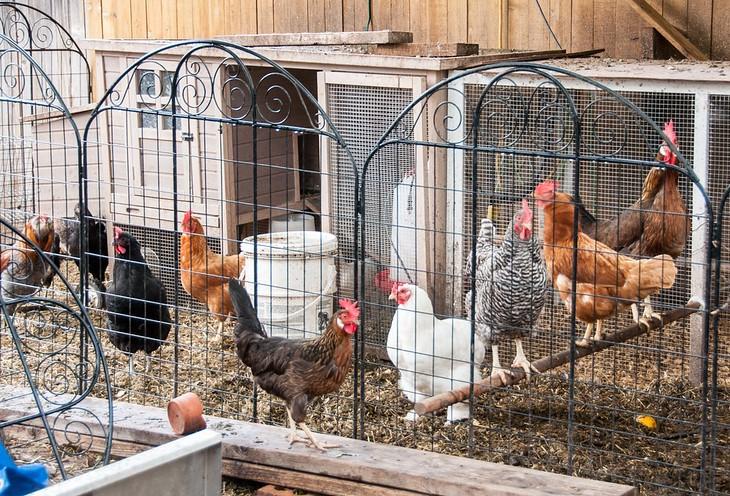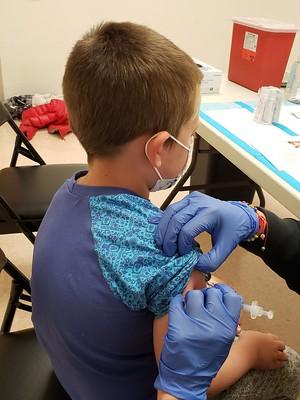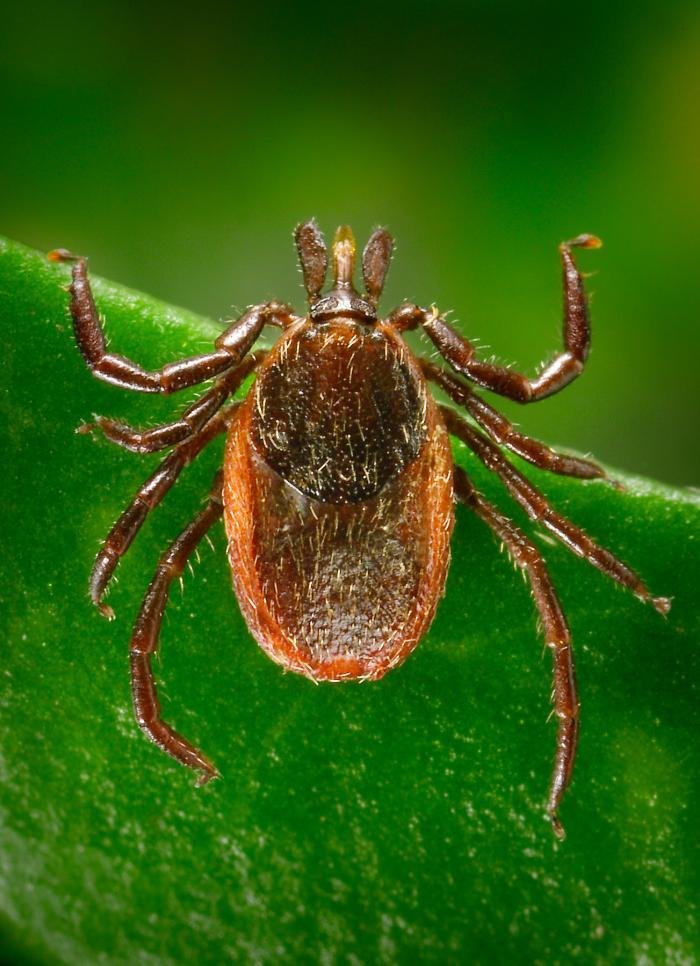As part of an ongoing rise in detections this month, Colorado and North Dakota reported the reappearance of highly pathogenic avian flu in poultry, the US Department of Agriculture (USDA) Animal and Plant Health Inspection Service (APHIS) said in its latest updates.

Both events involved backyard poultry, but a few other states have reported recent outbreaks on commercial farms. Colorado’s outbreak occurred in Weld County at a location housing 30 birds.
In North Dakota, the virus struck a 10-bird flock in Williams County. State animal health officials in a statement said though detections in wild birds have declined, the virus continues to be a source of disease among domestic birds.
Condor vaccination results
In other US developments, the US Fish and Wildlife Service yesterday reported early findings on a highly pathogenic avian influenza vaccine trial in endangered California condors, following an outbreak in the spring.
Following two doses, 60% had an antibody response expected to provide partial protection against death, and 10% had titers expected to protect fully against death. Results are pending on the one-dose and control groups.
Officials said that, based on the findings, 14 more condors that are slated for release will receive the two-dose series.
H5N1 outbreaks in two European countries
Elsewhere, Norway and Poland reported H5N1 outbreaks in poultry, both in backyard flocks, according to notifications from the World Organization for Animal Health (WOAH).
Poland’s outbreak, its first since July, occurred at a location that has 80 birds in West Pomerania province in the country’s northwest. Norway’s outbreak, its first since February, involved a location with 19 birds in Trogs og Finnmark County in the far north.













